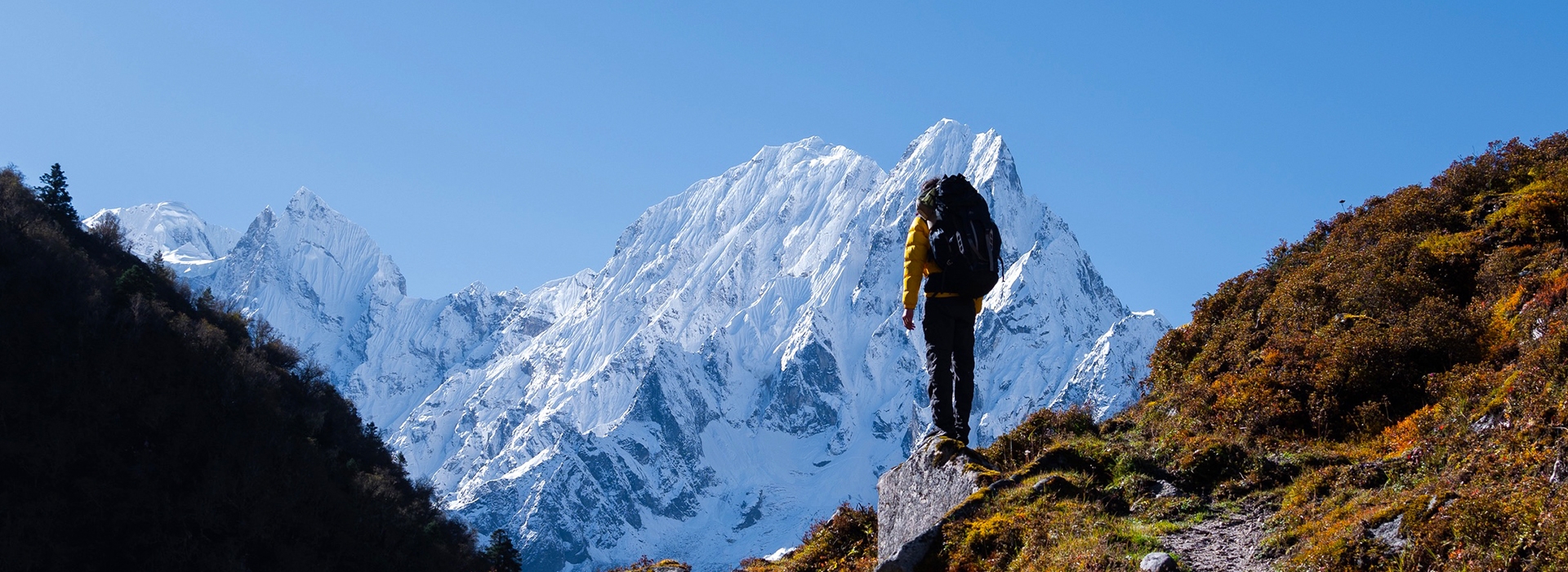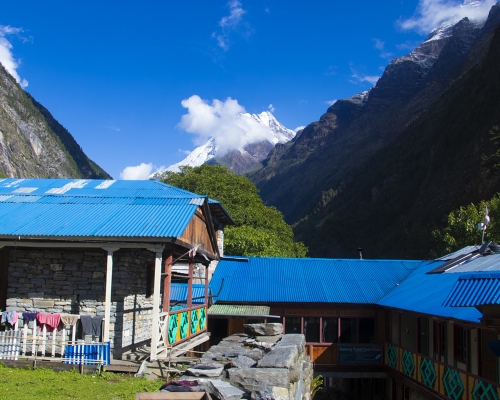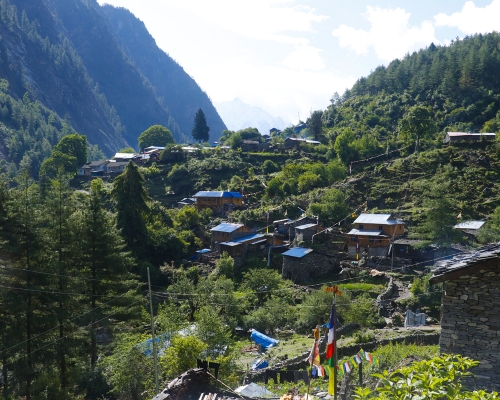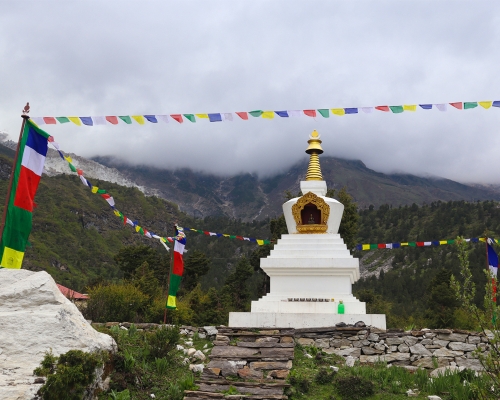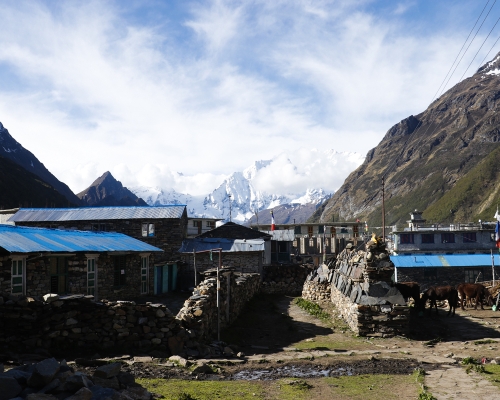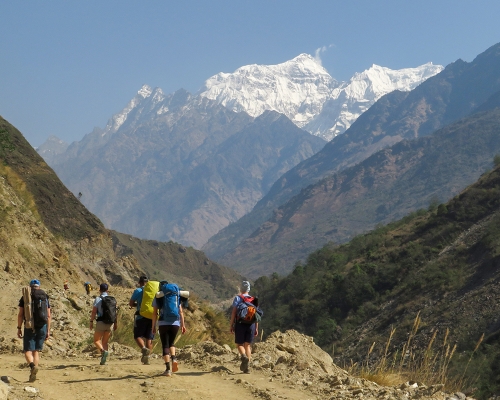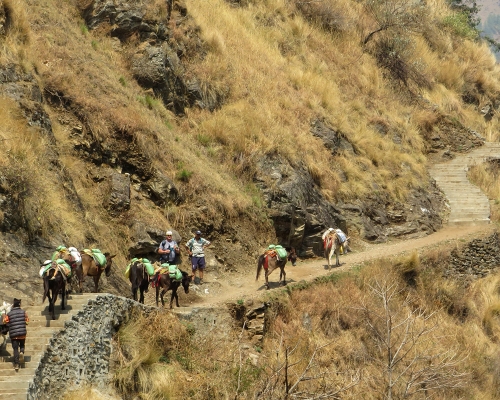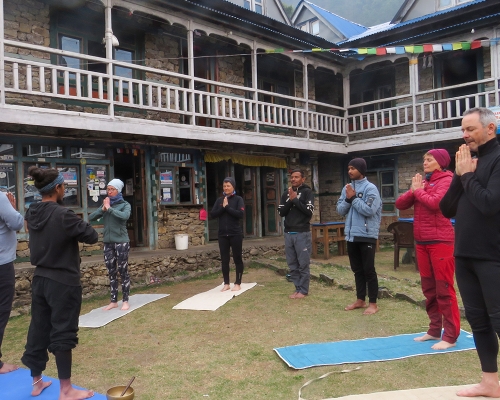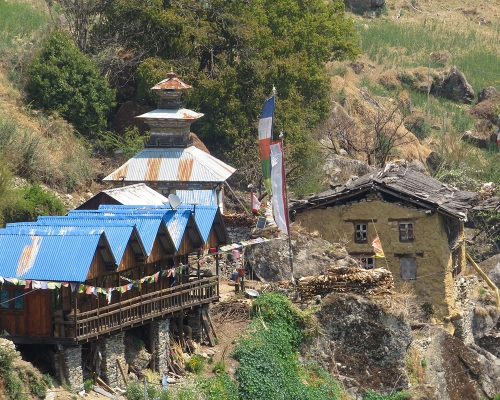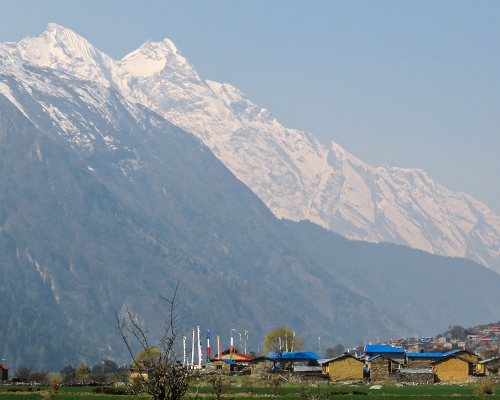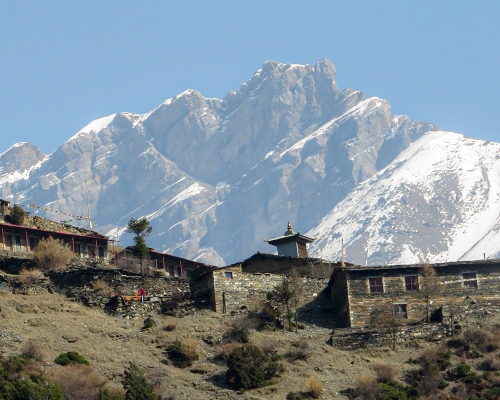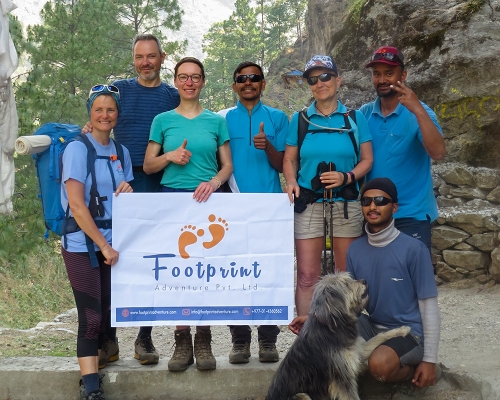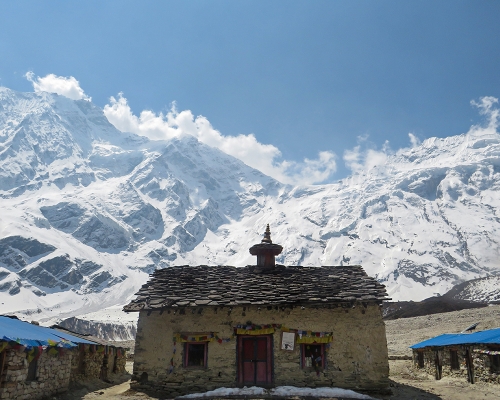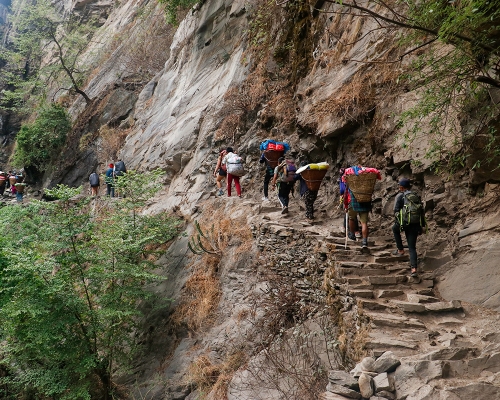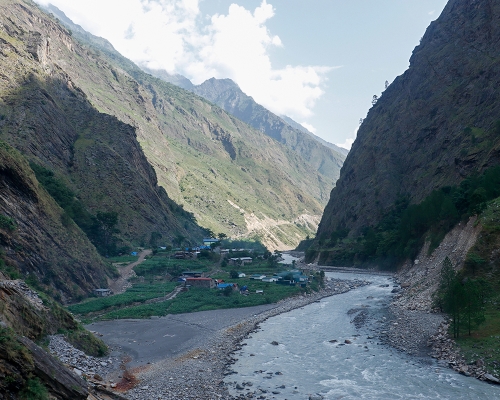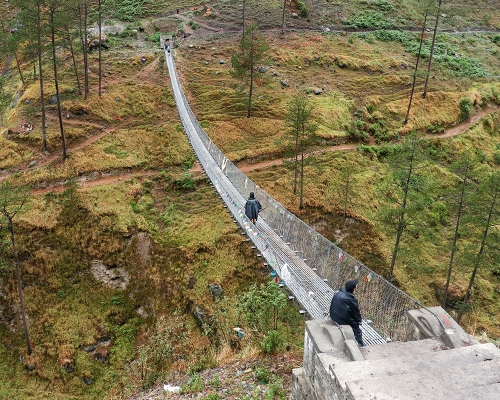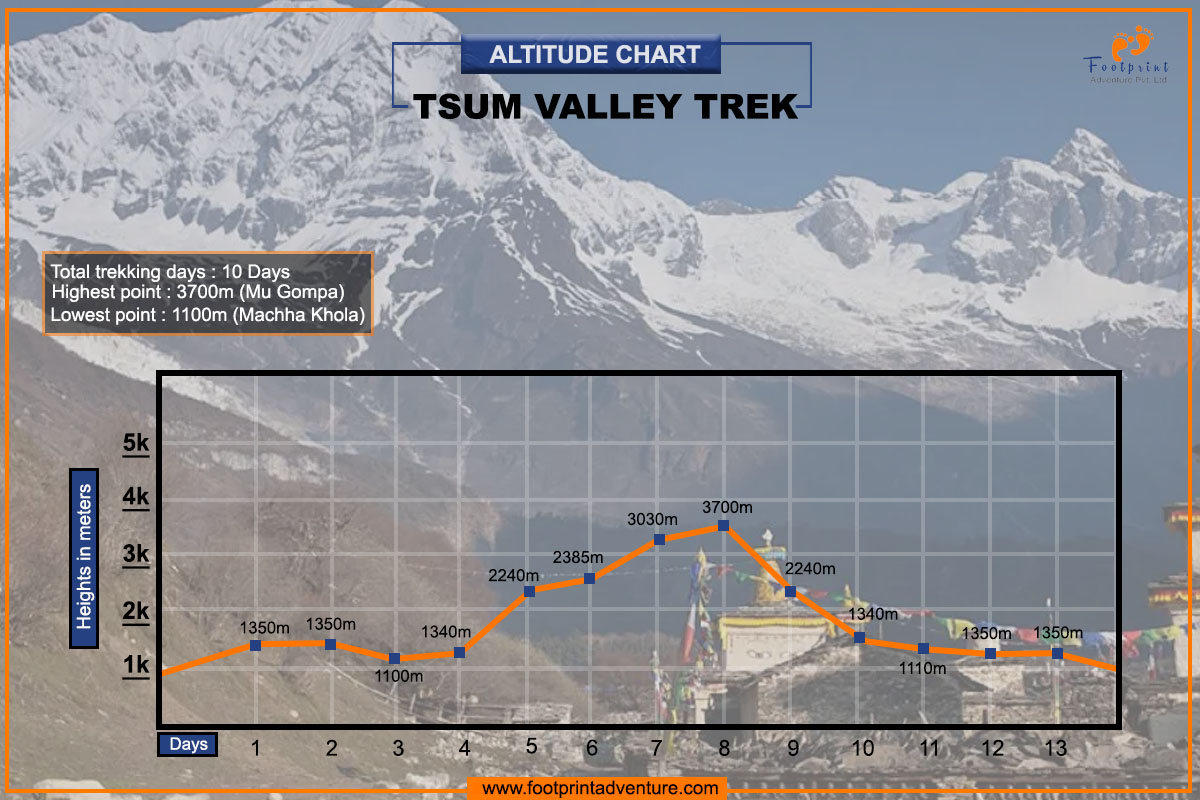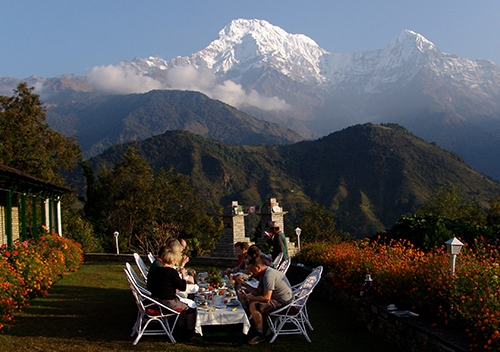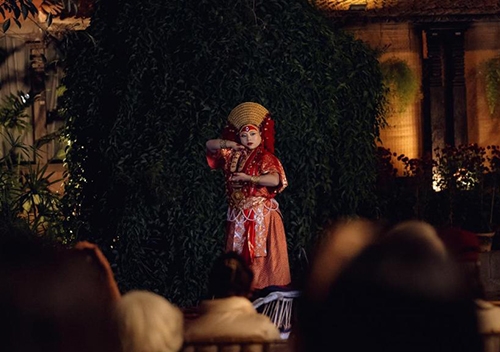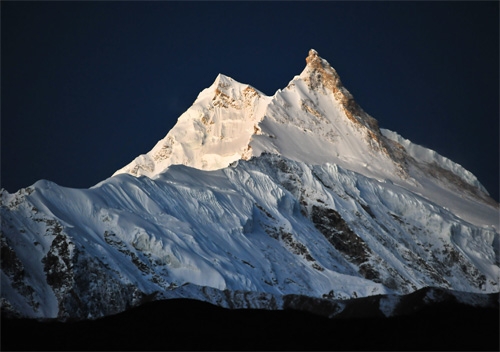Overview of Tsum Valley Trek
The Tsum Valley Trek is a remote trekking route in the Manaslu region of Nepal, near the Tibet border. The trail opened to trekkers in 2008 and offers an unspoiled trekking experience away from the crowded and busy trekking routes. The Tsum Valley, Nepal, is often referred to by trekkers as the "Hidden Valley" and boasts strong Tibetan Buddhist culture, ancient monasteries, and traditional settlement villages. The trek begins at Machha Khola at 1,905m and finishes at Mu Gompa, which sits at 3,700m. A typical Tsum Valley Trek itinerary has trekkers visiting places such as Chumling, Chhokang Paro, and Nile before Mu Gompa. Trekkers typically do the Tsum Valley Trek with the Manaslu and Tsum Valley Trek to fully acclimatize in the Himalayan region of Nepal.
Tsum Valley trekking starts with a beautiful drive from Kathmandu to the trailhead. On the way, you pass through Machha Khola, and there is also Dovan village on the border of Gorkha and Dhading District. When you trek through alpine trees, get your eye out for terraced fields and local traditional villages on the way. The first village is Jagat, where you will see some unique houses, and here you will also meet some local people. From Jagat, you trek to Lokpa, Chumling, and then Chekampar, now you can enjoy the culture and way of life of people from Tsum Valley, Gorkha. There are similar views to Lokpa when you pass through the same route as ranging between the popular Manaslu Circuit.
As you walk deeper into the Tsum Valley, you will have an opportunity to experience Tsumba culture and visit Tsumba villages that have changed little over time. The Tsumba people strictly adhere to old Buddhist customs. The trek passes two very ancient monasteries of Nepal, Rachen Gompa and Mu Gompa, both important prayer and meditation sites. Mani walls, prayer flags, and chortens cover the trail and reinforce the spiritual atmosphere of the trek.
The valley's unique natural beauty is equally impressive. During the Tsum Valley Trek, you will walk among the rhododendron, oak, and pine trees of the Tsum Valley. Cross secure suspension bridges over rivers, follow trails that have grand vistas of the Himalayas, including Ganesh Himal, Manaslu, and Buddha Peak. If you are lucky, you may spot red pandas, Himalayan blue sheep, or snow leopards.
Highlights of Tsum Valley Trek
- Explore the ancient arts, architecture, crafts, culture, and religion of Kathmandu Valley.
- Scenic and beautiful drive from Kathmandu to Machha Khola
- Explore the ancient culture of Tibetan Buddhism, religion, and practices
- Explore the beautiful traditional villages of Chekamparo and Nile
- Explore the mythical Mu-Gompa in the Tsum Valley
- Pass through Lokpa, a gateway to Tsum Valley's cultural tapestry, engaging with resilient local communities.
- Revel in the charm of the Hidden Valley, with ancient monasteries, prayer flags, and authentic Himalayan traditions.
- In Tsum Valley, you can learn about the Numbri people's history, religion, delicious food, and celebrations.
- Explore one of the least explored trekking trails where you can experience the Tibetan culture, lifestyle, and habits.
- Explore the diverse, exotic flora and fauna in the restricted Manaslu Conservation Area.
- Crossing numerous suspension bridges, walking alongside the Budi Gandaki River, and the dense forest of Rhododendrons and biodiversity
- Stunning views of Mt. Manaslu, Himalchuli, Ganesh Himal, Himlung, and many more snowy peaks
- One of Nepal's most majestic treks, yet one that is serene and peaceful by comparison to some of the busier trails elsewhere
Major Highlights of Tsum Valley Trek
Tsum Valley Area
The Tsum Valley is the main feature of the Tsum Valley Trek, which is often called the "Hidden Valley" based on how quiet and remote this valley is. The Tsum Valley allows you to experience a unique place that hasn't been affected by tourism, surrounded by high Himalayan peaks. While walking amongst alpine forests, terraced fields, and traditional villages, you can see a rich cultural lifestyle that's specific to the Manaslu region. This trek also offers stunning panoramic mountain views – Himalayan peaks like Himal Chuli, Shringi Himal, and the Ganesh Himal range, including Ganesh I, II, III, IV, and, on clear days, the majestic Manaslu.
Mu Gompa
Mu Gompa, situated at around 3,700 meters, is a major feature of the Tsum Valley trek. This Buddhist monastery allows trekkers to meditate and view the routines of the monks. Mu Gompa has a spectacular mountainous region with enormous Himalayan mountainsides. This setting allows for contemplation and an opportunity for a deeply spiritual engagement.
Trekkers will get the opportunity, for example, to hike to Mu Gompa and return from there to Chekampar, where they will be able to see the spiritual significance of the area, but also the stunning views of the Himalayan peaks.
When is the Best Time to do the Tsum Valley Trek?
The best season for the Tsum Valley Trek is during the spring (March to June) and autumn (September to December) seasons. During these periods, the weather is relatively stable, offering clear skies, mild temperatures, and spectacular views of the Himalayan peaks.
Spring brings blooming rhododendrons and lush landscapes, while Autumn provides crisp air and vibrant colours. Whereas, the Winter season (December to February) can be harsh with cold temperatures and snow, while the monsoon season (June to August) brings heavy rainfall, making trails slippery and potentially hazardous.
Who Should Trek to the Tsum Valley?
The Tsum Valley Trek is considered moderately challenging. The trail involves both ascents and descents, often on rugged terrain. Trekkers should be prepared for varying altitudes, with Mu Gompa reaching approximately 3,700 meters. The trek includes long hours of walking each day, and some sections may be strenuous. The remoteness of the region and the lack of infrastructure add to the trek challenge. However, with proper preparation, including acclimatization days, guidance, and a reasonable level of fitness, the Tsum Valley Trek can be a rewarding and achievable adventure in Nepal.
How to Prepare Yourself for the Tsum Valley Trek?
A good level of physical fitness is essential for the Tsum Valley Trekking. Regular cardiovascular exercises such as hiking, jogging, or cycling can help build your stamina. Strengthening exercises focusing on the legs, core, and upper body will assist in tackling the varied terrain. Since the trek involves walking at higher altitudes, acclimatization is very important.
Trekkers should consider incorporating uphill and downhill walking into their training routine to simulate the trekking conditions. It is advisable to consult with a healthcare professional before embarking on the trek, especially for individuals with pre-existing health conditions.
Why Choose Footprint Adventure for the Tsum Valley Trek in 2025/2026?
At Footprint Adventure, we prioritize delivering personalized experiences, value for your money, and a real dedication to sustainable tourism that honors the natural and cultural heritage of Nepal. When you book your Tsum Valley trek with us, you'll get an all-inclusive trip; we take care of everything: permits and travel documents, accommodation, meals, guide services, etc. We have a 98% trek success rate and 24/7 customer support, as well as a strong reputation for caring service, ensuring your trip will be safe, planned, enriching, and enjoyable.

